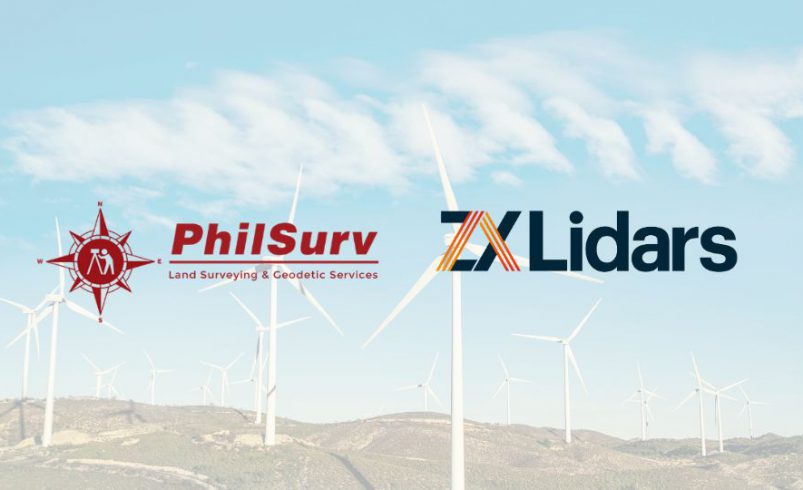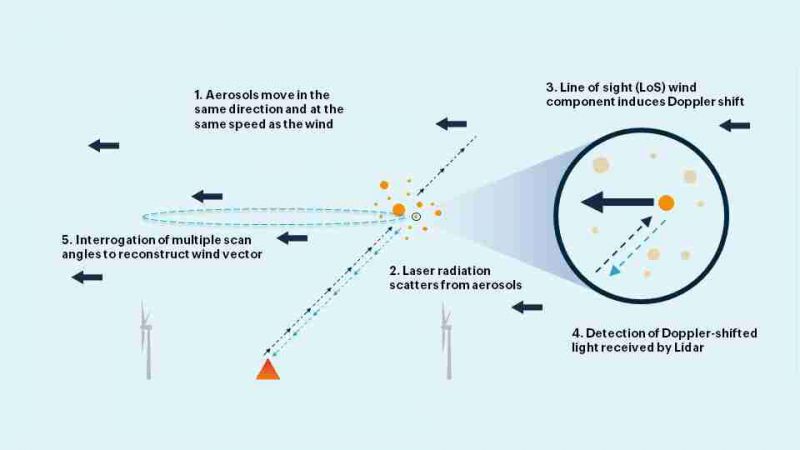Seeing the Wind Clearly: Why wind Lidar is Unlocking the Philippines’ Wind Power Potential
- September 15, 2025
- 0

The Philippines is recognised for its vast wind energy potential as evidenced in the Department of Energy looking to bring forward wind power projects. From the windswept coasts of Ilocos Norte to the promising offshore zones of Mindoro and Guimaras, the resource is there. But while maps and models highlight the opportunity, turning these into gigawatts requires one thing above all else: reliable wind data confirming there is enough energy to viably extract. There’s no point building a wind farm if you don’t have enough wind.
The Data Gap
There are many wind projects in development in the Philippines, demonstrating the strong ambition to bring forward this sustainable energy. However, no project can progress without understanding the wind resource on site; proving this to secure permits, procure turbines and the all-important finance to build it.
As Katrina Lardizabal, General Manager of Philsurv Geodetic Services, explains: “Every site teaches you something new. What looks promising in early models can fall apart once exploring the real world situation — whether it’s the terrain, the logistics, or wind characteristics that don’t align with projections. Good data is what turns a plan into a viable project.”
Since 2009, Philsurv has built its reputation on bridging this gap. The Mandaluyong-based surveying firm has delivered over 3,000 projects nationwide, including many wind resource assessments with ZX wind Lidar technology.
Why Wind Lidar Matters
Traditionally, developers had relied on tall meteorological masts to capture vital wind data required to support their development pipeline. But in a country surrounded by remote mountain ridges, increasing hub heights and emerging offshore opportunities where typhoons are common, met masts are often impractical, costly, and slow to install.
That’s where wind Lidar (Light Detection and Ranging) technology has transformed the game. Lidar is a remote sensing technology that uses infra-red laser light to measure wind speed and direction from 10m-300m above the device.
How does it work?
It’s all thanks to the Doppler effect. With ZX, the continuous wave Lidar emits an invisible, eye-safe laser beam into the atmosphere which is focussed at multiple heights above ground. The light then reflects off naturally occurring particles in the air like dust or moisture. It then measures the shift in frequency (up to 50 times per second), which accurately reports the horizontal and vertical wind speeds and directions at these heights.
The ZX 300 wind Lidar systems measure wind speed, direction and turbulence at multiple heights — including the exact hub heights of modern turbines, often above 150 metres.
The illustration below explains this principle:

Global Technology, Local Expertise
Philsurv’s expertise in deploying and managing wind Lidar data is strengthened through their relationship as ZX Lidars Trusted Service Provider in the region, a company whose systems are trusted in every major wind market worldwide.
“ZX Lidars has worked for decades to bring the value of this technology to the wind industry,” said Matt Smith of ZX Lidars. “Developers, investors, and regulators need the confidence that the wind data is as robust as possible, as this forms the prediction of the wind resource for the years to come — and that’s the foundation for building really good wind power projects – we need accurate, relevant and reliable wind data. This journey has seen ZX Lidars working with wind turbine suppliers, developers, operators, consultants and financers to allow this valuable data to be recognised. As the wind industry has matured we have seen increasing demand for safer, flexible, accurate and reliable wind data across an increasing range of heights.”
From Targets to Megawatts
The Philippines has set ambitious renewable energy targets, but progress will be determined by how quickly projects can move from feasibility to financing and construction. That journey starts with trustworthy data.
By combining local know-how from Philsurv with the world-class ZX 300 Lidar systems from ZX Lidars, the Philippine wind sector is better equipped than ever to deliver on its promise. Finding the best sites with the best wind as quickly as possible, whilst managing costs, allows for faster assessment and delivery of the right projects. The result is more than just clean power: it’s greater energy security, reduced reliance on imported fuels, and a step toward a sustainable energy future.